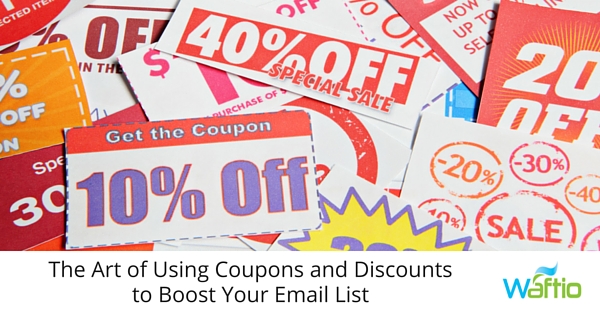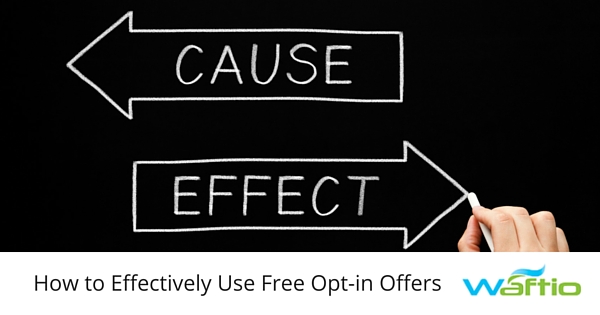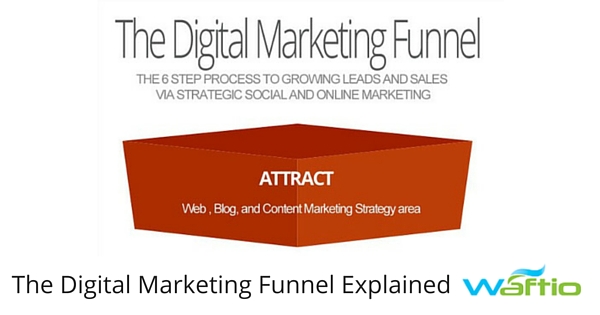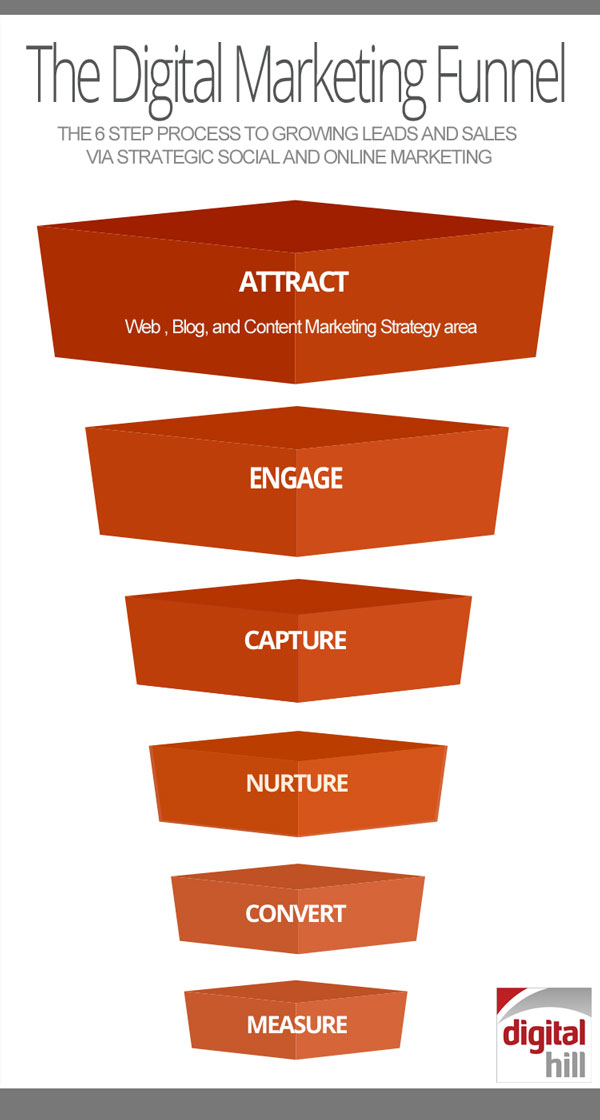
Any company interested in its consumer’s habits is continuously mining for information. You want to know what interests them. You categorize them by demographics. You care about what they buy and why they buy. You want to understand their consumption priorities. And you’re in a perpetual race to discover the perfect method by which you can gather, analyze, and implement the results of this information. One area of implementation is to enrich your content marketing.
So if you conduct a survey, we’ll outline the “why” and “what” for using it to help your business results.
Why should your business choose to use a web survey to enrich your content marketing?
- You want to discover what the market believes about your business, service, or product. Do they use your product or do they prefer a competitor? What factors affect that choice? What could you do to attract new consumers to your business? What could you do to keep former customers loyal?
- You want to collect external opinions on the internal operations of your business. What experiences have consumers had with your business and what are their opinions of those interactions? Did the consumer have a positive or negative experience with your team members? How have those experiences impacted future purchasing decisions?
- You want to know your customers. Demographic information can be valuable to almost any business. Many consumer behaviors and trends are predicted based upon quality demographic surveys from reputable data collection firms. When you understand the patterns of specific demographic categories, you can target your choice of groups and sub-groups and plan with those groups in mind.
Now that you have your survey results, what should you do with them?
- Evaluate the results individually and discuss them as a team. You’ve chosen to do mobile and online surveys because you believe the responses will be more genuine. Now that you have the results, it’s time to evaluate what they mean. What do they say about your product or service? What do the results communicate about the interactions with your team members? What do you need to change to retain customers and attract new ones? These decisions shouldn’t be made in a vacuum. Open the floor and discuss them with your leadership group or team members. Get ideas from your brightest minds. Embrace the best ideas, discuss implementation, and most importantly, don’t fear change.
- Compare the results with past surveys, with industry-wide reports and surveys that have been published in industry journals. Do your results correlate with others? What factors cause the variations of preference, positive and negative? Is your industry strong and, if not, are you outperforming the competition? What can you do to avoid the negative reactions from past reports?
All companies are looking for an edge, something that will set you apart from an increasingly crowded marketplace. Surveys can be personal feedback. But be specific. Figure out what you really want to know. And why? What are you going to do when you have all the data collected? Be a leader in your chosen industry by understanding every consumer’s wants and needs better than the next business. Treat every interaction personally. Learn from surveys so that your customers will keep coming back.
With Waftio, you can easily create web surveys for your website! Just create your questions and choose the in-line embed option to add it to a webpage on your site.

Author: Mike Gingerich, President of web firm Digital Hill, Co-Founder of TabSite .
Digital and Social Media Marketer, Speaker, and Business Consultant. Part geek, part marketer, total digital junkie! Seeking to add value, make the complex simple, and leave a positive impact.
Follow me on twitter: @mike_gingerich.













